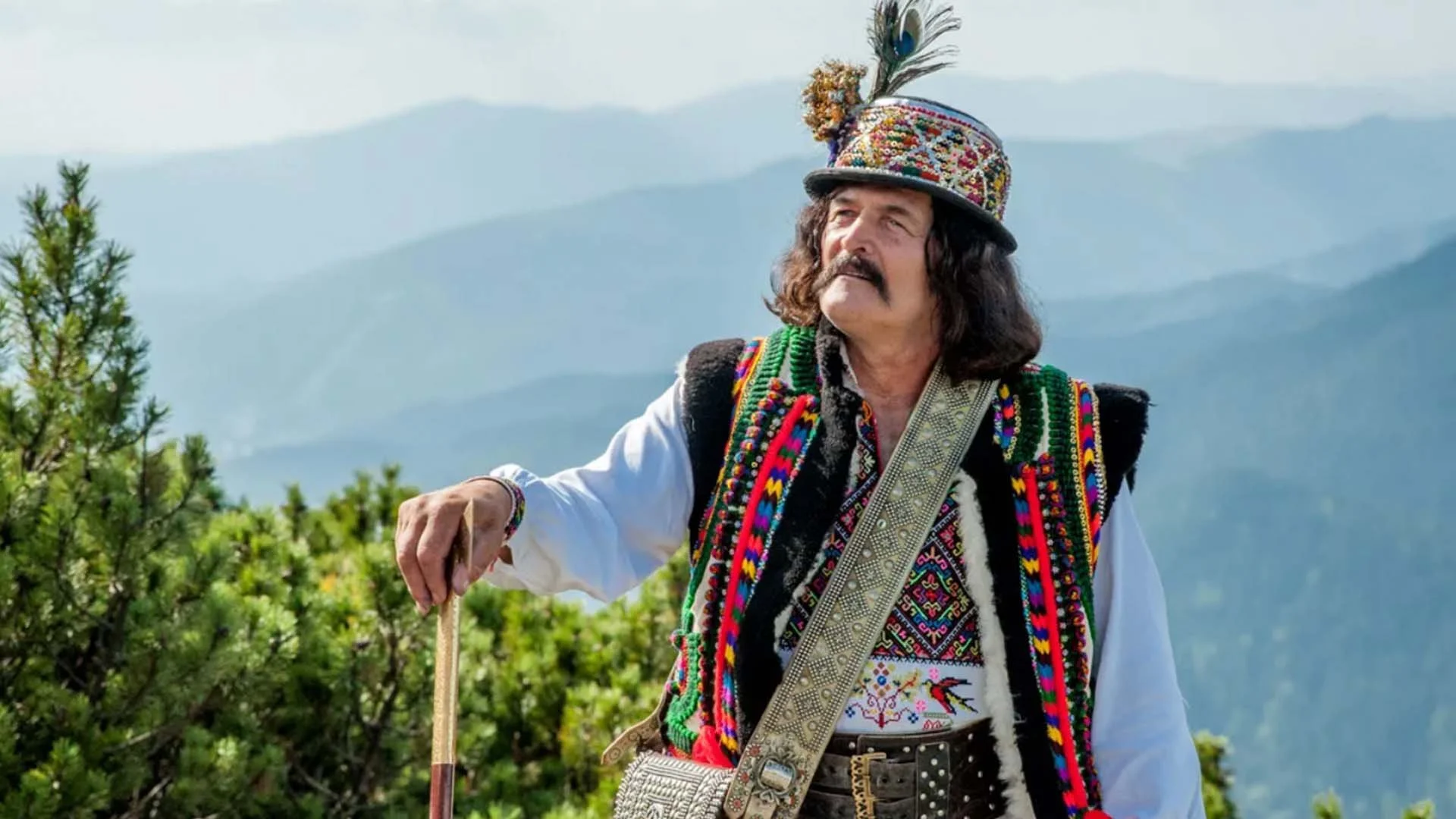Keptar
The word "keptar" comes from the Romanian language and can be translated as "chest" (the body part). Keptar is a short sleeveless sheepskin coat (also known as kozhushanka). This kind of garment is typical for all Ukrainian populations of the Carpathian Mountains, living on both the eastern and the western slopes. Same clothes are worn by the mountain population of Transylvania (aka Semyhorod), Romania and Serbia.
Inhabitants of the Bukovyna region decorate their keptars with beautiful colorful embroidery and woolen or silk threads. Sometimes, instead of embroidery, you can come across morocco leather decorations, forming opulent patterns. These kinds of ornaments are most often found in the works of Hutsul craftsmen and not only those of Bukovyna, but also Transcarpathia and Galicia. You can also come across beads, metal sequins and even small medals in keptar decorations. Boyko vests are somewhat less decorated in comparison, and Lemko ornamentation for keptars is particularly rare.
Keptars differ from region to region not only in the ornamentation, but also in differences of the cut. For example, Hutsuls sew their keptars with a small stand-up collar, and they're somewhat loose, even baggy. Boykos often sew keptars with a collar, using black or white sheepskin and they’re always more fitted, and comparatively short - they barely reach the waist. Lemko keptars are similar to the Boyko ones.
Residents of the mountains wore keptars all year round, as it was quite convenient – these garments kept the back, chest and sides of the torso warm leaving the hands open, making it comfortable to work. Considering the rough climate one can often experience in the mountains, with sudden drastic weather changes and piercing cold winds, keptar was and still is a very practical piece of clothing, and a favorite for both men and women.


